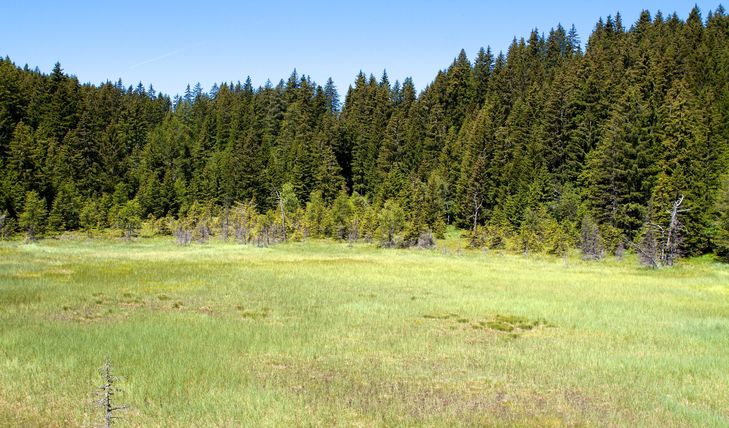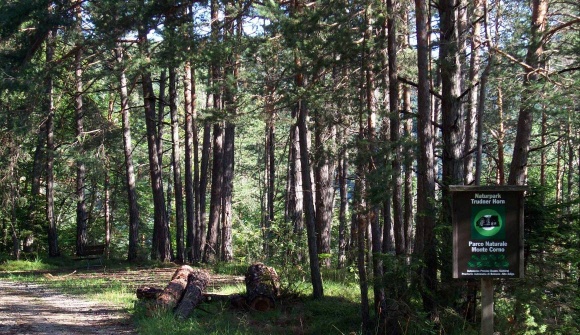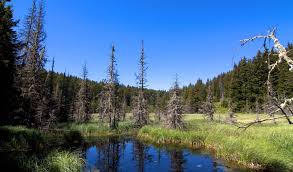
Natural Park of Mount Corno
This post is also available in:
 Italiano (Italian)
Italiano (Italian)
Mount Corno Natural Park was established in 1980 and then expanded in 2000. It covers some 17.000 acres and is bordered to the North by the S. Lugano Pass, to the South-East by Valle di Cembra, to the West by Val d’Adige, and to the South by the very provincial border of Trentino.
It is the park with the biggest amount of plant and animal species, mainly thanks to its many different environments.
The park is included in the Natura 2000 European Ecological Network.
Since Fiemme and Cembra Valleys are so near, the whole landscape features a most evocative rural structure: it really looks as if it’s been frozen in time. Many farms within the park, for instance, have not been able to implement any modern cultivation technique, thus still featuring their original look.
This somehow secluded social and economic environment has thus favoured and thoroughly preserved the surrounding luxuriant nature. In order to preserve the great variety of different environments in the park, some attempts have been recently made to restore some of the previously cultivated areas which could not withstand the passage of time.
On the calcareous soil of the park, there are some dry meadows, coppice and mixed woods.
In the areas rich in porphyry, water favours the growth of coniferous forests and the formation of wet meadows and peat bogs such as Lake Bianco, Gampen and Palù Longa, just to name a few.
THE FLORA
On poor soils grow Scots pines (Pinus sylvestris), heather (Erica carnea), dwarf sedge (Carex humilis), bearberries (Arctostaphylos uva-ursi), and eagle ferns (Pteridium aquilinum).
At about 3.280 ft of altitude, there are woods made of silver firs (Abies alba), Norway spruces (Picea abies), larches (Larix decidua ), ashes (Sorbus aucupari ) and alpine clematis (Clematis alpina); the latter eventually takes the place of the woods.
Among the most peculiar areas of the Park, it’s worth mentioning the Rentesch Meadows, acknowledged among the very last hedge-landscapes of South Tyrol; they feature mixed hedges of shrubs, trees, creepers, and pastures well-screened from the wind and thus offering shelter to the local fauna.
This post is also available in:
 Italiano (Italian)
Italiano (Italian)
Contatti
Trodena nel parco naturale(BZ)
0471 869247
info.th@provinz.bz.it





